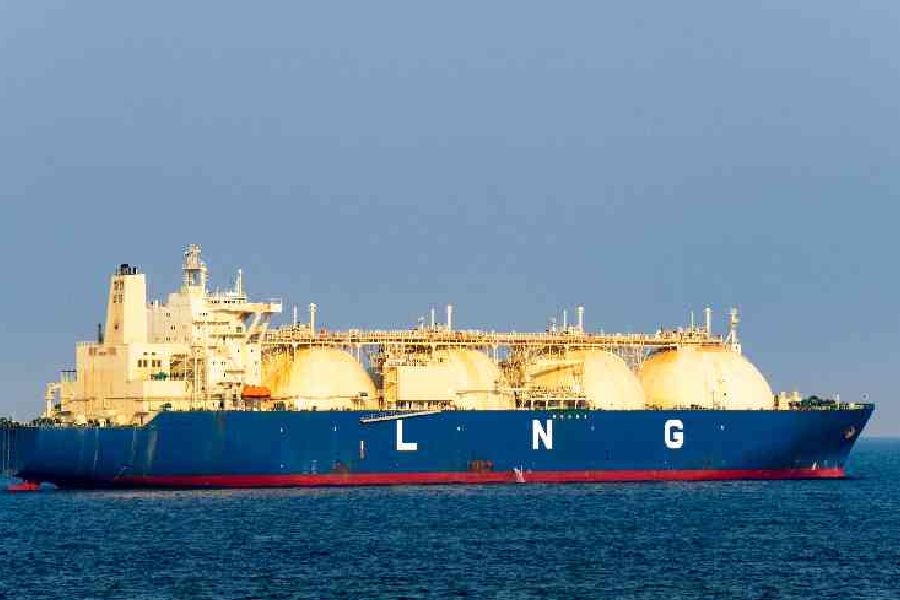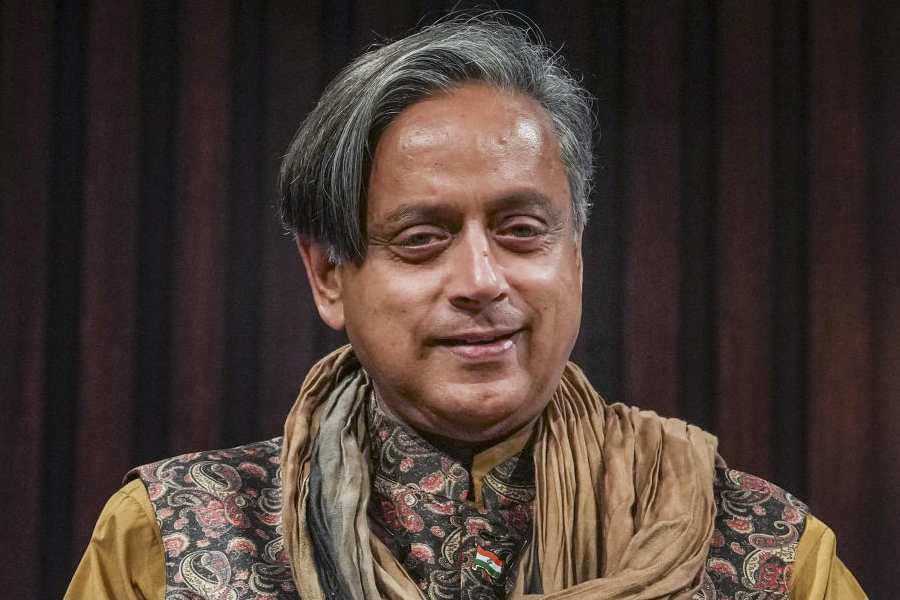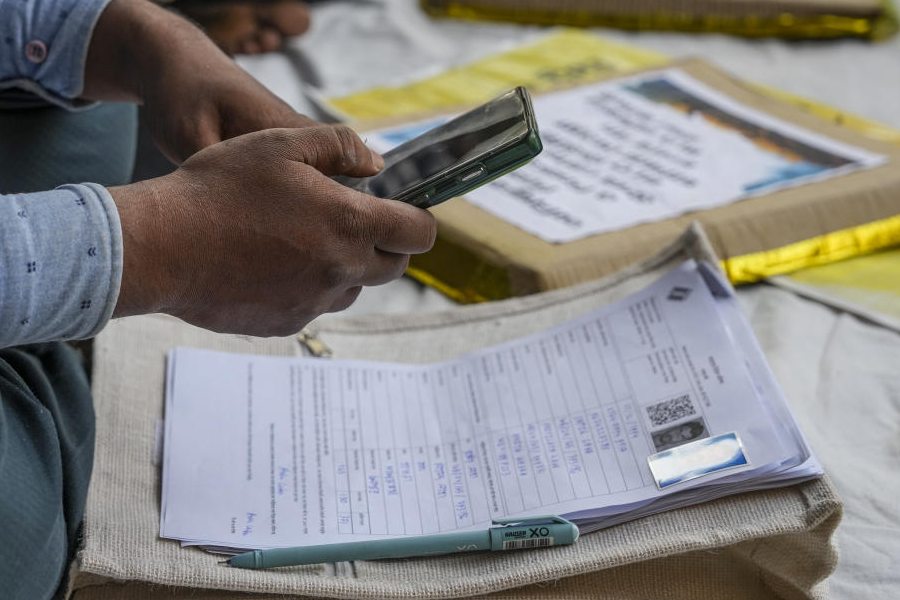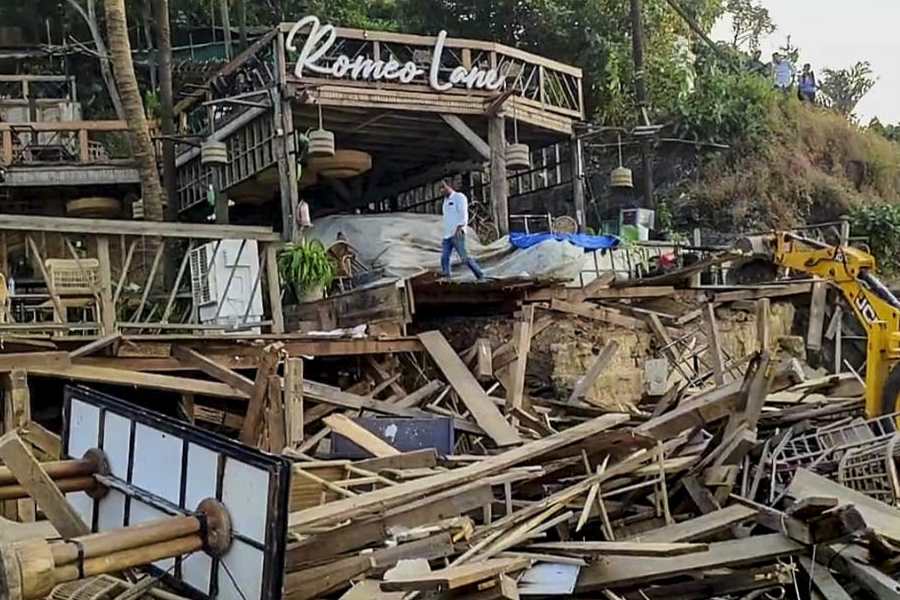India's LNG imports are set to surge unless the Centre introduces major reforms, the International Energy Agency (IEA) warned on Wednesday.
The country’s natural gas consumption is set to rise 60 per cent between 2023 and 2030, doubling the country’s liquefied natural gas (LNG) import needs as domestic production lags behind demand, the IEA said.
In its India Gas Market Report: Outlook to 2030, the IEA projected demand to reach 103 billion cubic meters (bcm) annually by 2030 under its base scenario.
If the government provides additional policy support, demand could rise further to 120bcm, it said.
Meanwhile, domestic gas production is expected to grow just 8 per cent over the same period, reaching about 38bcm per year.
The IEA urged India to implement full pricing freedom and unbundle gas marketing from transportation.
The government caps gas prices from state-run firms ONGC and Oil India at $6.5 per million British thermal unit, with further limits on high-cost deepwater projects.
“The anticipated easing of global gas market conditions later in the decade presents an opportunity for India to implement full gas pricing freedom,” the report said, citing a phased transition to protect consumers from price volatility.
It recommended removing price ceilings on deepwater projects and allowing producers to sell a greater share of output on the Indian Gas Exchange.
The IEA also called for reforms in gas infrastructure, noting that state-run GAIL, which owns most of India’s transmission pipelines, also dominates gas sales, creating potential conflicts of interest.
Establishing independent gas transmission system operators (TSOs) and enforcing non-discriminatory infrastructure access would improve market competition, the agency said.
India aims to raise natural gas’s share in its energy mix to 15 per cent by 2030 from just over 6 per cent currently.
The IEA recommended aligning gas taxation with crude oil and revising GST on compressed natural gas (CNG) vehicles to boost adoption.
The report highlighted India’s rapid expansion of gas infrastructure, with CNG stations quadrupling since 2019 and pipeline networks growing 40 per cent.
By 2030, CNG stations and residential gas connections are expected to nearly double again, supporting demand growth in transport, industry and refining.
While India met 50 per cent of its gas demand from domestic output in 2023, the share is set to decline as LNG imports rise to around 65bcm per year by 2030.
The IEA warned that with legacy LNG contracts expiring after 2028, India could face higher exposure to spot market volatility unless new long-term agreements are secured.
"India’s gas market is entering a new phase of growth, but supply security and market competitiveness will require careful planning," said Keisuke Sadamori, IEA’s director of energy markets and security.










